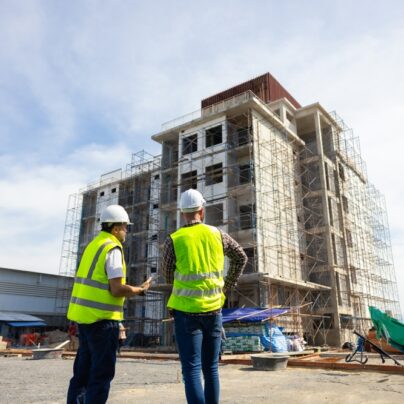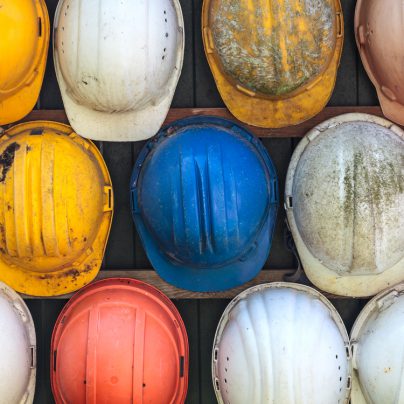 Builders value YOUR Workplace Safety? Health and Safety for Builders
Builders value YOUR Workplace Safety? Health and Safety for Builders
That’s right, a whopping 59% of UK construction site fatalities in 2013 were from falls, according to the HSE. And 28% of over 6,300 total injuries.
And naturally, the number of lawsuits and fines against construction companies is extra high from fall injuries too.
In May, a Southwark company had to pay £126,000 in fines and costs when a worker fell through an unguarded window space into a basement and was paralysed from the waist down.
Another company was fined in May for a worker who fell 6 meters from unsafe scaffolding into an empty swimming pool in West Bromwich, fracturing his skull. He’s still alive, but out of work for the long run.
Sorry for the horror stories, we don’t mean to be worry-warts.
But you don’t want to be in that 59% – and by taking the right steps you can easily avoid it!
What caused this accident?
I think the West Bromwich story will illustrate a few key points about scaffolding. See if you can spot all the safety blunders…
The 19-year old worker was on tower scaffolding in an empty swimming pool, trying to cut coverings from wooden roof beams. The scaffolding was on the slight slope of the swimming pool floor, and was too high to fit under the beams. So the worker started to take off the handrails.
Below, the site manager tried to help loosen the handrails by giving the tower a nudge. The handrails stayed in place, but the tower came toppling down.
So, what do you think was the biggest flaw here;
– Unsafe equipment?
– Incorrect use of equipment?
– Unsafe behaviour of the workers?
We’d say a combination of all three.
Simple but Essential Lessons
HSE inspector Gareth Langston describes the situation best;
“This incident was entirely preventable and shows the importance of selecting the right equipment for the job. Tower scaffolds can be useful tools but should not be used on a slope when not leveled and should always be used with outriggers.
The following week painters were due to arrive with a stable and versatile mobile elevating work platform which would have been much better suited to this job.
If they had waited for this equipment to come on site they wouldn’t have tried to use an unsuitable scaffold and a young man would not have suffered a painful injury that could have quite easily proved fatal.”
So let’s add impatience to that list of mistakes!
The 8 Keys to Super-Safe Scaffolding
- Regular Inspection; the first time, every 7 days, and after any adverse weather – of course carried out by an extremely competent and experienced person in that particular type of scaffolding. Using scafftags is recommended.
- Guardrails and Toe Boards; the top guardrail should be a minimum of 950mm above the working platform, with no gap greater than 470mm between top and middle rails. Also make sure there are toe boards to stop materials, or people, falling.
- Don’t Mess with Safety Rails; this hardly needs mentioning, but just in case.
- Dismantling, Altering and Erecting; take special care during these parts – very common for falls here. Use guardrails, special tools and equipment. The National Access & Scaffolding Federation (NASC) has great detail on this – look for their document SG4.
- Meet the Standards; all scaffolding should be erected to a recognized standard configuration – see the NASC TG20 for tube and fitting standards. And of course, the manufacturer’s guidance for system scaffolds. It’s not IKEA – make sure no parts are left out!
- Give the Right TRAINING; this point can’t be over-emphasised, we can see from the story above that training is everything. And every scaffold job should include one qualified scaffolder, who’s been trained by an industry recognized training scheme.
- Inspect Harnesses; before every use. And at least every 6 months, with random inspections in between.
- Don’t Go Too High; never erect a scaffold higher than the manufacturer recommends.
These guiding points are taken from the HSE website.
In the following posts we’ll talk about the other ways you can prevent falls and keep your workers safe! Like ladders and roof work.
Have you got any questions about working at heights?
Or any comments with scaffolding you’d like to share?
Don’t be shy, let us know!

A chartered (fellow) safety and risk management practitioner with 20+ years of experience. David provides a healthy dose of how-to articles, advice and guidance to make compliance easier for construction professionals, Architects and the built environment. Get social with David on Twitter and Linkedin.



